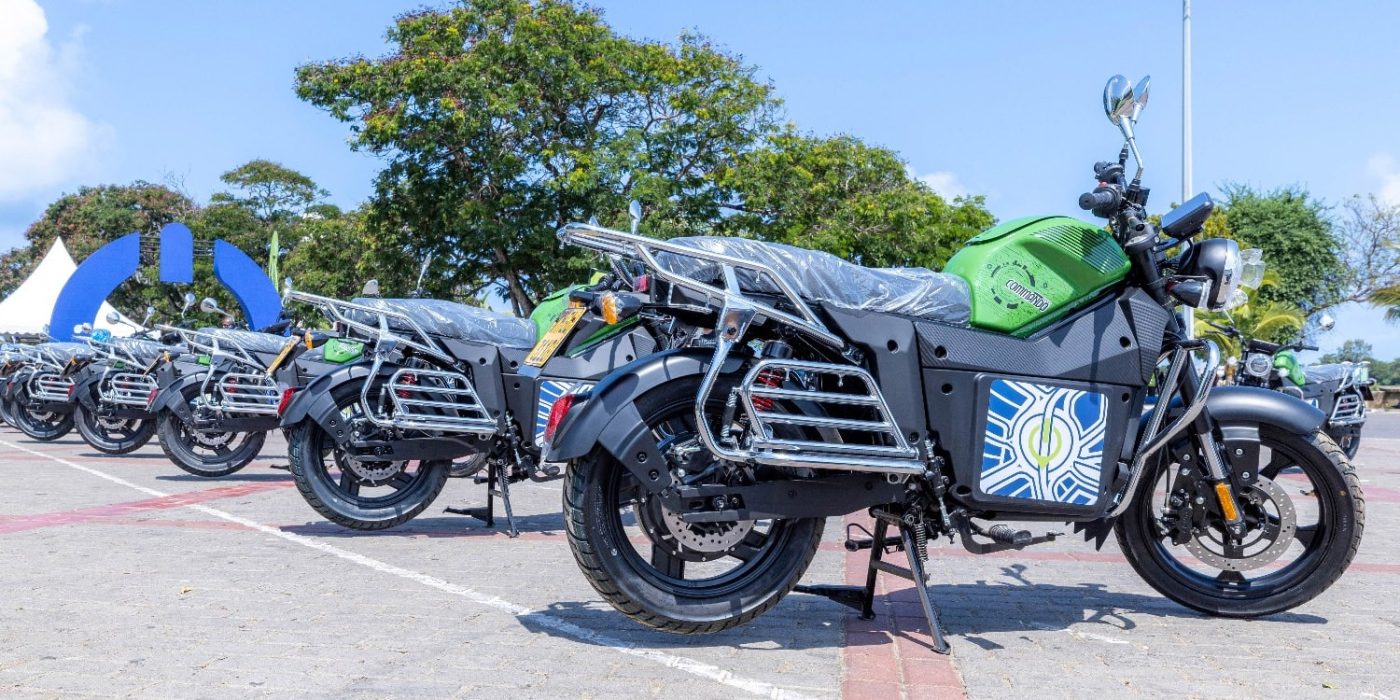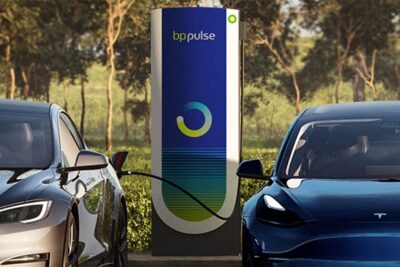Kenya launches green plate scheme and draft e-mobility policy
Transport Cabinet Secretary Kipchumba Murkomen launched the draft policy on E-Mobility in Kenya alongside the E-Mobility task force. The preliminary step towards the implementation of the drafted transport transition strategy is the introduction of green number plates for electric vehicles.
The new green number plates are to be a mechanism for enabling upcoming incentives and privileges for those with green number plates. One such mechanism is priority parking.
Transport Cabinet Secretary Kipchumba Murkomen said, “Part of the reason to do so is first to encourage, but because going forward some incentives and hopefully even in the city, we will be speaking to Governor Sakaja and his administration and hopefully other counties so that they can set up own areas for parking EV vehicles at a cheaper rate to encourage more people to invest in EV vehicles. To also give priority for parking spaces to EV buses at a concessional rate. People will be able to identify this is an EV vehicle.”
While the government has not yet revealed further details of the policy draft, Task Force Chairman Daniel Ngumy outlined the draft policy objectives that include “the development of a comprehensive framework to promote e-mobility adoption, local manufacturing of Electric Vehicles (EVs), enhancing infrastructural capacity, and improving technical skills in the e-mobility sector.”
In Kenya, the most common vehicles are motorbikes and buses. Currently, the most common cars in Kenya are used combustion engine vehicles. EVs must compete with these in price if they are to gather momentum. Kenya will soon be home to the assembly plant for the very small and very affordable Autopax Air EV Yetu, which is actually a rebadged Wuling Air in collaboration SAIC-GM-Wuling. The Air Yetu EV will soon be assembled in Thika, near Nairobi. Yetu is Swahili for “Ours,’’ so this affordable electric car is called “Our Air EV.”
Last year, CleanTechnica reported that two options of the little electric car will be offered in Kenya. The standard range model with a 17.3 kWh battery that has a stated range of 200 km will be assembled in Kenya at an existing vehicle assembly plant, along with the long-range model that has a 26.7 kWh battery, giving a range of up to 300 km.
The government is also leading by example. Charging infrastructure will be set up at Transcom House, the Ministry of Roads and Transport’s headquarters and President Ruto already attended the African climate conferences in an Autopax Air EV Yetu.
Also last year in Kenya, the company Spiro and President Ruto announced that one million electric motorbikes will soon populate the country’s roads. The deal includes battery-swapping infrastructure for Kenya’s massive fleet of commercial motorcyclists.
Just a couple of months earlier, a joint project between the Kenyan bank KCB and the United Nations Institute for Training and Research (UNITAR) announced that the KCB would provide “green loans” through local dealers for the purchase of a total of 100,000 electric motorbikes and electric tuk-tuks. Electric bus services are also beginning to appear across Kenya, while electric boats are also being made available in the East African nation.
In announcing the new green number plate initiative and transport transition draft policy, Transport Cabinet Secretary Murkomen encouraged Kenyans to review the draft policy and to suggest improvements during the public participation phase. He thanked the Task Force for their work in developing Kenya’s first national electric mobility policy, as well as acknowledging the support of the German Corporation for International Cooperation (GIZ).





0 Comments